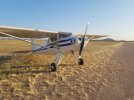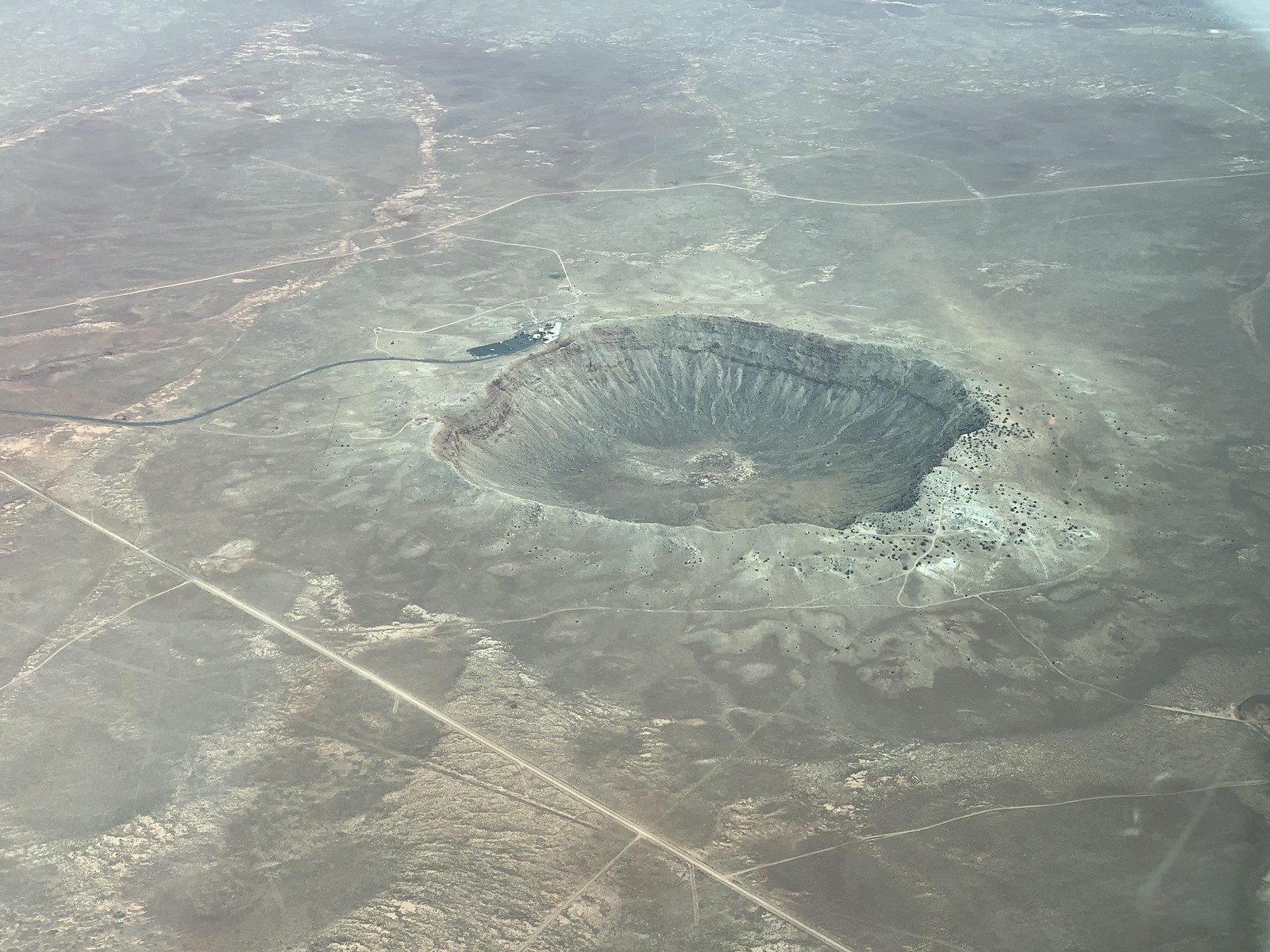How did I not know about this?
https://ww2flyover.org/
https://ww2flyover.org/
We should start at the beginning...you are aware we won the war?How did I not know about this?
https://ww2flyover.org/



That's a pretty shot though! Maybe a little more of the mountain range in the distance...Pulled Dawn Patrol again. Good flying but the 0430 briefs are getting old. Went out to a dirt strip for some fun. On the taxi back I noticed the little knurled knob on my window hinge had vibrated off. So I shut down and walked back along the taxi route to find it. Which I did. Now the ol girl does not want to start. Happened once before. Finicky when hot. So here I sit. View attachment 27454
Such an amazing perspective from the airFrom the return trip a couple of weeks ago... Sedona with Flagstaff in the background. You can see the "haze/clouds" that wink and I were talking about.

And didn't realize this was right under the airway. Ended up flying over it completely by chance. Insert various movie memes here.

The people in those buildings next to the crater are really lucky

I’m getting better at hot starts but damn who would have thought they would be so finicky! I haven’t quite figured out the primer valve thing. However, my engine (IO-360) does good with throttle open and mixture closed.What kind of engine is in that, @wink ? Is it a small Continental? (A popular family of engines that I don't know much about.)
All I know about GA pistons and hot starting is that the plain vanilla Lycomings, in spite of any other shortcomings, are such easy hot starting engines- the combination of an updraft carburetor and an impulse magneto.
Not trying to turn it into a Ford vs Chevy argument either, both brands are very popular for a lot of good reasons, just curious.
The sad (or good) part about most GA piston engines is that the design is from way back in in nineteen-dickety-doo and hasn’t changed much. They are great, stable engines but it is sad that auto engines are far more high tech and efficient than post-war Continental and Lycoming models.I’m getting better at hot starts but damn who would have thought they would be so finicky! I haven’t quite figured out the primer valve thing. However, my engine (IO-360) does good with throttle open and mixture closed.
I was going to ask that... sounds like most of these motors haven't advanced past 1950. Seems odd that you can get a honda fit with a more advanced motor.The sad (or good) part about most GA piston engines is that the design is from way back in in nineteen-dickety-doo and hasn’t changed much. They are great, stable engines but it is sad that auto engines are far more high tech and efficient than post-war Continental and Lycoming models.
PS...do you think @wink needs a SAR call by now?
There's some truth to that but there's a lot of myth to it too. The debate is way too long for here, but these are some high points:I was going to ask that... sounds like most of these motors haven't advanced past 1950. Seems odd that you can get a honda fit with a more advanced motor.
True enough. Right now I fly behind a Rotax 912 (100 hp) engine that uses a reduction gear for the propeller drive and technically doesn't have mags. It uses electronic ignition Circuits and the spark coils and is essentially a stand alone as it will continue to provide the spark to the engine even if the battery and generator have failed (good news for me as my battery crapped the bed on one flight). Whenever I have someone with me that usually flies a Lyc or Cont motor they can't believe how easy it starts. Push...vroom...Best of all, my Rotax uses a naturally aspirated carb that removes the need for leaning. In short, I have just one lever for the throttle. Rotax motors have millions of hours on them now but most old-timers tell me "It ain't a real airplane engine."The devil is in the details though, it really is.
